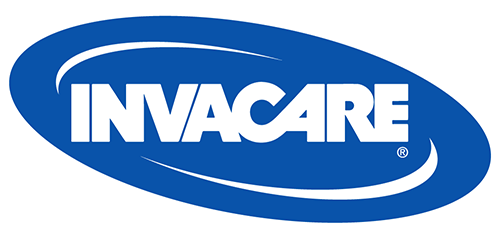ELYRIA, Ohio–(BUSINESS WIRE)–On September 14, 2006, the Office of Inspector General (OIG) issued a report regarding Medicare spending on home oxygen equipment, which has resulted in substantial confusion among home medical equipment (HME) providers.
The two objectives of the OIG report were to (1) compare Medicare spending for oxygen concentrators with the supplier’s average purchase price and (2) determine the nature and frequency of servicing for concentrators and portable equipment. Through its findings, the OIG report supports capping oxygen payments at 13 months instead of the current 36 months. However, the OIG report only looks at the cost of oxygen concentrators, even though equipment represents only 28% percent of the providers’ costs of providing home oxygen therapy. The Morrison Informatics study, which has been widely circulated on Capitol Hill, effectively explains that over 70 percent of a provider’s costs are not related to the equipment acquisition, but to servicing the patient. This is a key message that is being explained to as many members of Congress as possible.
The Morrison Informatics study is based upon more than 600,000 Medicare beneficiaries, while the OIG report looks at only 150 Medicare beneficiaries. Importantly, the OIG report acknowledges that it addresses neither the cost of providing services nor such ancillary expenses as billing, processing physician’s orders, regulatory compliance and equipment maintenance outside the home. The OIG also states that “because Medicare does not require uniform documentation of oxygen services provided, there is no efficient way for the OIG to accurately measure these services.” As a result, the OIG has completely ignored the services, completely undermining any conclusions about costs providers incur.
Since the issuance of the report, there has been substantial confusion among HME providers regarding how long Medicare will make monthly rental payments for home oxygen therapy. At this point, Invacare (NYSE:IVC) believes the current Congress will not reduce the existing cap below 36 months. Should reimbursement rules change in the future, these revisions would not be effective on a retroactive basis. Moreover, existing patients would likely be grandfathered under the current system.
The Company’s prediction at this time is that the most likely change in Medicare payment for home oxygen will be the Centers for Medicare and Medicaid Services’ (CMS) plan to change payment for home oxygen to a modality specific reimbursement system. This may happen as early as January 2007. Under CMS’ proposed rule, Invacare’s HomeFill Oxygen System will be reimbursed at the highest level. This implies that CMS wishes to encourage providers to make newer technology available to patients.
Further, while the OIG report is by all accounts seriously flawed in many respects, it did state that portable oxygen is currently under-reimbursed. This opens the door to discussions with policy makers about increasing reimbursement for portable oxygen therapy (i.e., HomeFill).
Invacare (NYSE:IVC), headquartered in Elyria, Ohio, is the global leader in the manufacture and distribution of innovative home and long-term care medical products that promote recovery and active lifestyles. The company has 6,100 associates and markets its products in 80 countries around the world. For more information about the company and its products, visit Invacare’s website at www.invacare.com.
Contact:
Invacare
Investor Inquiries
Gregory C. Thompson, 440-329-6111
or
Media Inquiries
Lara L. Mahoney, 440-329-6393
